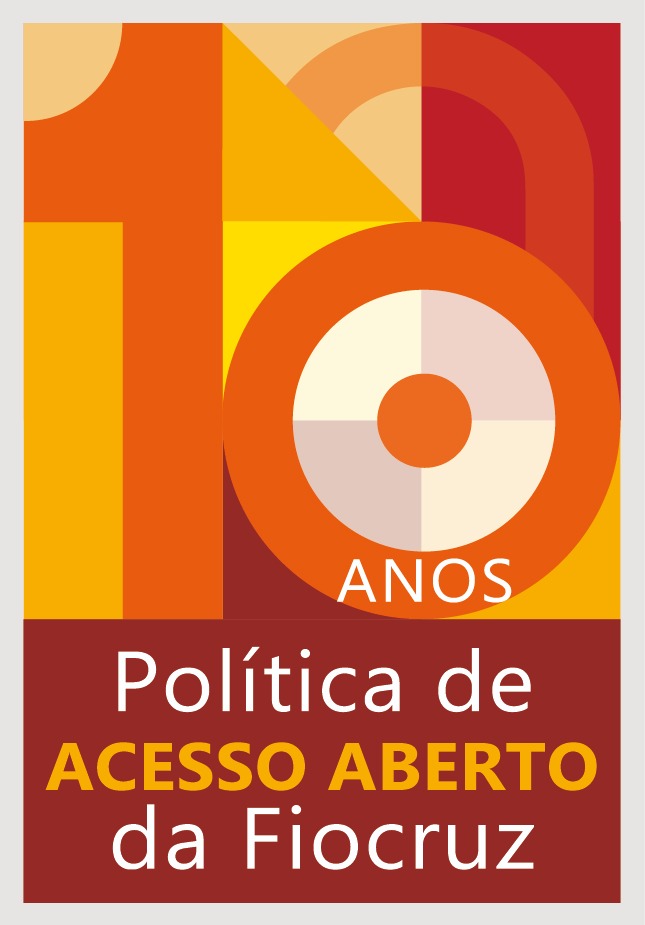The new coronavirus pandemic has been posing unheard-of challenges to health information systems. Covid-19 data in Brazil, both at a state and municipal level, are crucial for the decision making on public policies and emergency measures to contain the pandemic. These data, however, depend on systems and panels whose coverage and quality vary wildly all over the country. This is the conclusion of a Fiocruz paper, which states that the release of cases of the disease can take up to seven weeks between their recording in the health system and the actual publishing in epidemiological reports. This discrepancy can make a big difference, for instance, in the stages of social isolation flexibilization.
In five states - Amapá, Maranhão, Paraíba, Rio de Janeiro and Rondônia - the official data recorded the maximum number of Covid-19 cases more than 50 days after the cases actually took place. This means that important public health measures might have been taken late, hampering the fight against the pandemic.
The case of these five states is the most significant discovered in a study by researchers of the MonitoraCovid-19 project, of the Institute of Scientific and Technological Communication and Information in Health (Icict/Fiocruz). The result of the analysis is in the technical note Time in between data: exploring the coverage and opportunity of Sivep-Gripe and e-SUS VE. Other states with a significant discrepancy between the actual and the official dates regarding the maximum number of cases were Paraná (30 days), Rio Grande do Norte and Espírito Santo (27 days), Goiás (25 days), Distrito Federal (26 days), Rio Grande do Sul (22 days), Roraima (21 days), Santa Catarina (20 days) and Amazonas (19 days). The average difference between the states was 17 days.
Two national systems
This difference, however, cannot be seen solely as the result of technical and operational failures: it is inherent to the challenges posed by the complexity of the epidemic and its evolution in such a large and diverse country as Brazil. “It is not possible to find a single cause for these discrepancies. They are the result of many factors, some of them very complex, which would demand a more detailed investigation”, says Diego Xavier, epidemiologist of Icict/Fiocruz who took part of the study.
The researcher adds that each state follows its own procedures to consolidate their epidemiological reports and enter information in the two national health data systems involving Covid-19: the Influenza Surveillance Information System (Sivep-Gripe) and the e-SUS VE. The latter was created to meet the high demand of notifications due to the epidemic. “As the e-SUS VE was developed during the pandemic, some records may have been entered in both systems, and there is no index to follow the patient transitioning between systems”, describes Xavier.
In practical terms, the analysis by MonitoraCovid-19 concluded that the discrepancy between dates is not the only one: there are also considerable differences regarding the records of sick and dead. For example: e-SUS VE data on the number of cases of the disease show a difference of 10% when compared to the reports of the state secretaries. But when these numbers are added to those recorded in Sivep-Gripe, the variation drops to 4%.
Defending standardization
Espírito Santo and Paraná showed the higher percentage of variation when compared with the figures provided by the Ministry of Health. In these states, the numbers of cases made public in the official reports are much higher than the cases recorded in databases. The opposite is true for the states of Goiás, Piauí and Rio Grande do Norte, where the volume of cases in the systems is higher than that observed in epidemiological reports.
In its conclusions, the technical note rrecommends that the way the records are made public not be modified, but that the divergencies observed be taken into account by government agencies. “This analysis does not intend to suggest or recommend that the data be altered before they are made public, as the population is already used to this logic, and altering the dates at the point of the epidemic would bring misinformation, rather than better communication. However, the deficits observed must be considered by the public administration, especially when in comes to making decisions and guiding interventions”, states the note.
Public health specialist Christovam Barcellos, vice-director of Icict/Fiocruz, says that this study is a call to arms to health agencies in order to improve the reliability of public health data in Brazil: “A national effort would be very important, and it could be led by the Ministry of Health itself. A collective quest for standardization in public health data at all levels, beginning from the tip, that is, health units and public hospitals run by municipal governments. In addition to this standardization, it would be necessary to run a training effort all over the country, to create a more solid culture of health information recording in Brazil”, says Barcellos.
![]()
![]()
![]() O conteúdo deste portal pode ser utilizado para todos os fins não comerciais, respeitados e reservados os direitos morais dos autores.
O conteúdo deste portal pode ser utilizado para todos os fins não comerciais, respeitados e reservados os direitos morais dos autores.

